One of our key objectives at TEA@SUNRISE is skills development – to build the strength of our network and pave the way for local manufacture of solar cells. As part of our recent symposium (hosted by the University of KwaZulu-Natal (UKZN)), a group of Swansea researchers travelled to South Africa to work with UKZN staff and students on setting up their equipment and developing techniques for producing perovskite devices. Dr Rodrigo García, Dr Karen Valadez, Dr Carys Worsley, and Beth Miles tell us more about what they got up to.
Four of us Swansea University researchers flew out to Durban a week before the TEA@SUNRISE symposium to work with staff and students at the University of KwaZulu-Natal (UKZN) in setting up lab equipment and procedures for making perovskite solar cells. The UKZN researchers specialise in preparing functionalised nanomaterials, which they are hoping to incorporate into these devices. Many of the materials they study are based on functionalised graphitic nanostructures, which can have lots of exciting properties and can be produced using sustainable materials like biomass. Incorporating these materials could make perovskite solar cells and modules more environmentally friendly, or even more efficient.
Upon our arrival in Durban, we were welcomed by our host Prof Bice Martincigh, who kindly showed us the way from the airport to our hotel, where we enjoyed a panoramic view of Durban and shared with her our first (of many) delicious dips into Indian-Durban cuisine.
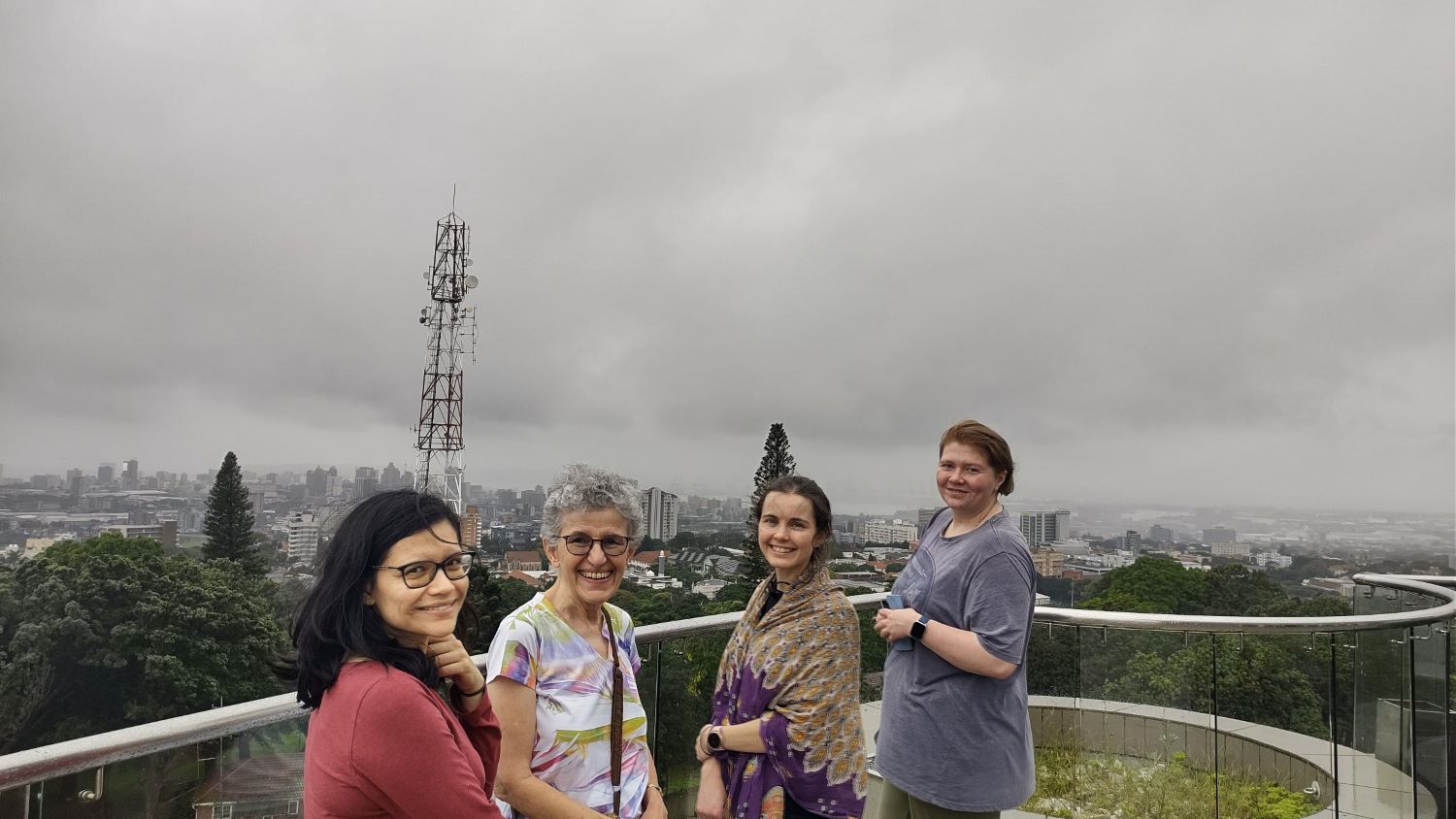
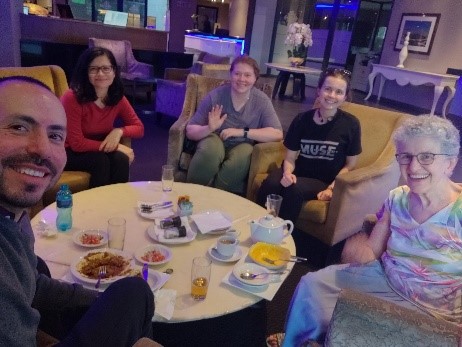
On arrival at UKZN the next day, we were welcomed by Masters’ student Dipika Gobind and PhD student Shruti Saroj, who made sure we had everything we needed throughout our stay and showed us around the University. This included a visit to the Ghandi-Luthuli Documentation Centre, the purpose of which is “to faithfully record the history, social, cultural, religious, political, educational and recreational life of the Indian community in South Africa.”
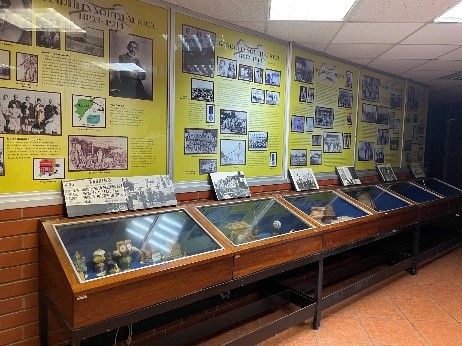
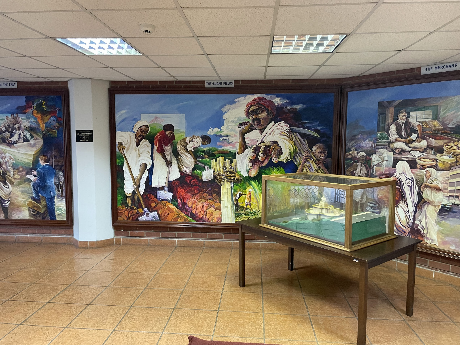
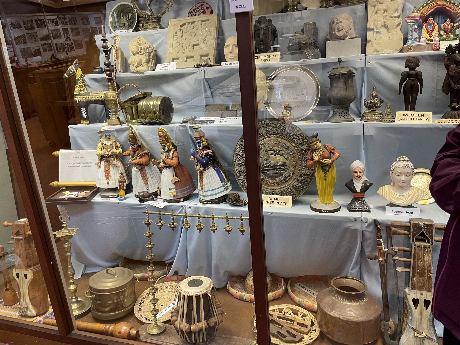
Once in the lab we examined the available equipment and its placement, advising on the most safe and practical way to organise perovskite device manufacturing steps. Over the week, we ran tutorials to demonstrate each of the required steps for planar perovskite device manufacture, explaining what techniques achieve the best results and the common difficulties researchers can experience. By the end of the week, the UKZN researchers had successfully prepared several perovskite and selective layers, the most important components of perovskite solar cells!
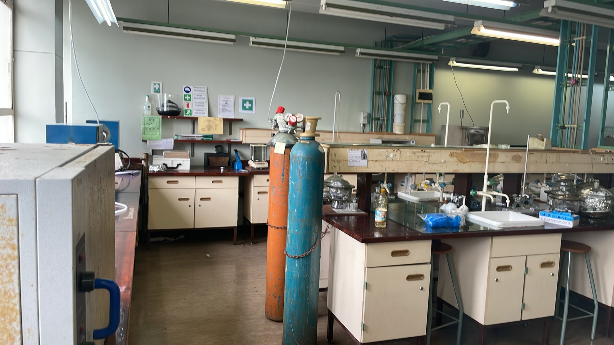
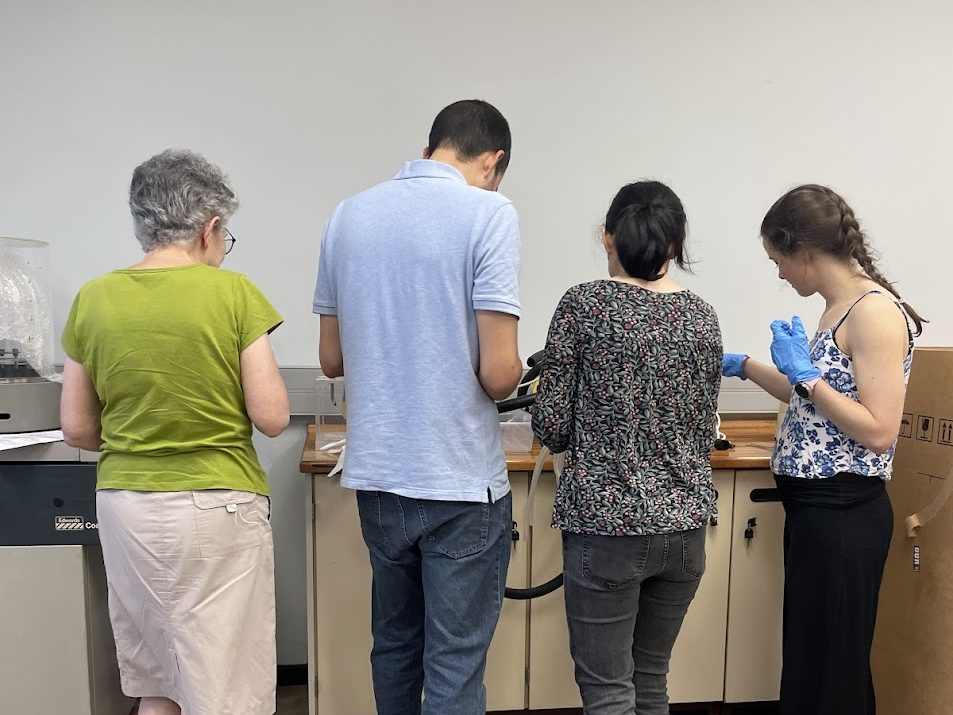
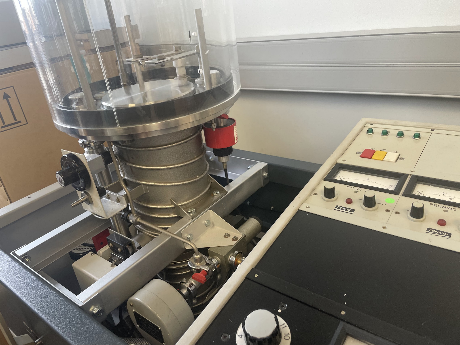
The UKZN researchers also had some equipment issues, with a new and unfamiliar metal evaporator, and a solar simulator that was not producing reliable measurements. These instruments are essential for making and testing solar cells, so will be vital for any perovskite solar cell research at UKZN. Fortunately, we have similar equipment at Swansea and so were able to identify issues with both machines. The UKZN team now have a fully functional solar simulator and metal evaporator. They should now be well-placed to start manufacturing perovskite solar cells and incorporating their nanomaterials.
Prof Bice Martincigh said of our visit:
“We are extremely grateful to the Swansea team for their time and expertise which will allow us to work on perovskite solar cells. We thoroughly enjoyed hosting them.”
When she was little, Prof. Bice Martincigh used to visit the Indian Market in downtown Durban and wanted to share that experience with us – but not before taking us to the Britannia hotel for a traditional Indian/Durban meal. Here we tried some local specialties, such as Bunny Chow- a hollowed-out loaf of white bread filled with spicy curry! After a delicious lunch, we headed to the Indian Market, where one can find all ingredients of the Indian cuisine alongside traditional souvenirs of Durban.
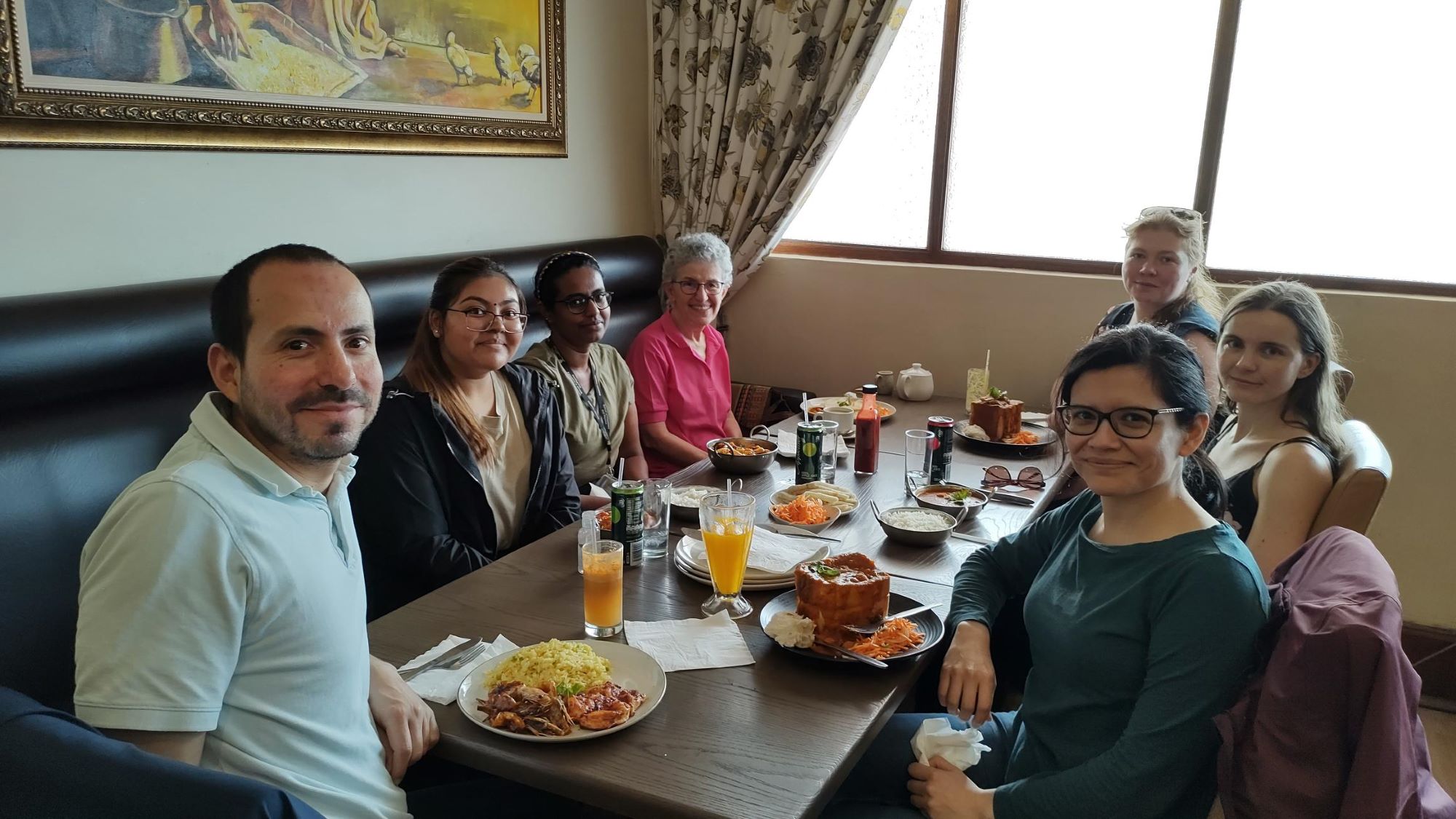
After our work at UKZN was done, we followed our hosts’ suggestions to visit two of Durban’s must-see attractions: uShaka Marine World – Africa’s largest aquarium – and the Durban Botanic Gardens. The aquarium’s stunning marine life and the lush and diverse greenery of the Botanic Gardens made for a perfect day of sightseeing, and we couldn’t have asked for a better way to unwind.
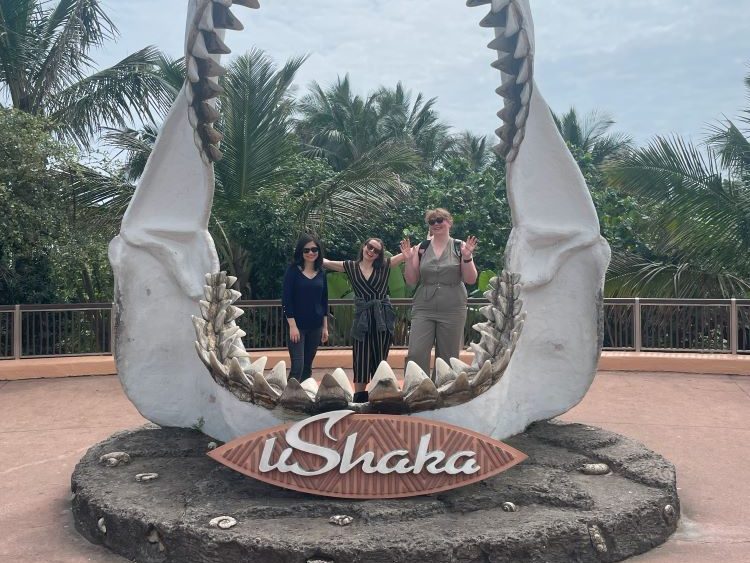
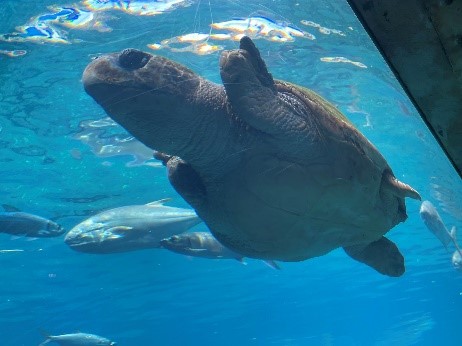
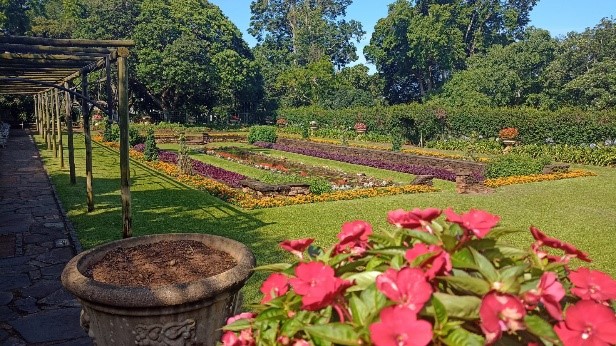
We really enjoyed working with the UKZN team and are excited to continue to collaborate in learning how their novel materials can be used in perovskite solar technology!
We would like to thank our hosts at UKZN: Prof Bice Martincigh, Prof Vincent Nyamori, and Prof Olatunde Olatunji; our supervisors: Prof Matthew Davies and Prof Trystan Watson; and the TEA@SUNRISE team for all their help with the paperwork and logistics.

